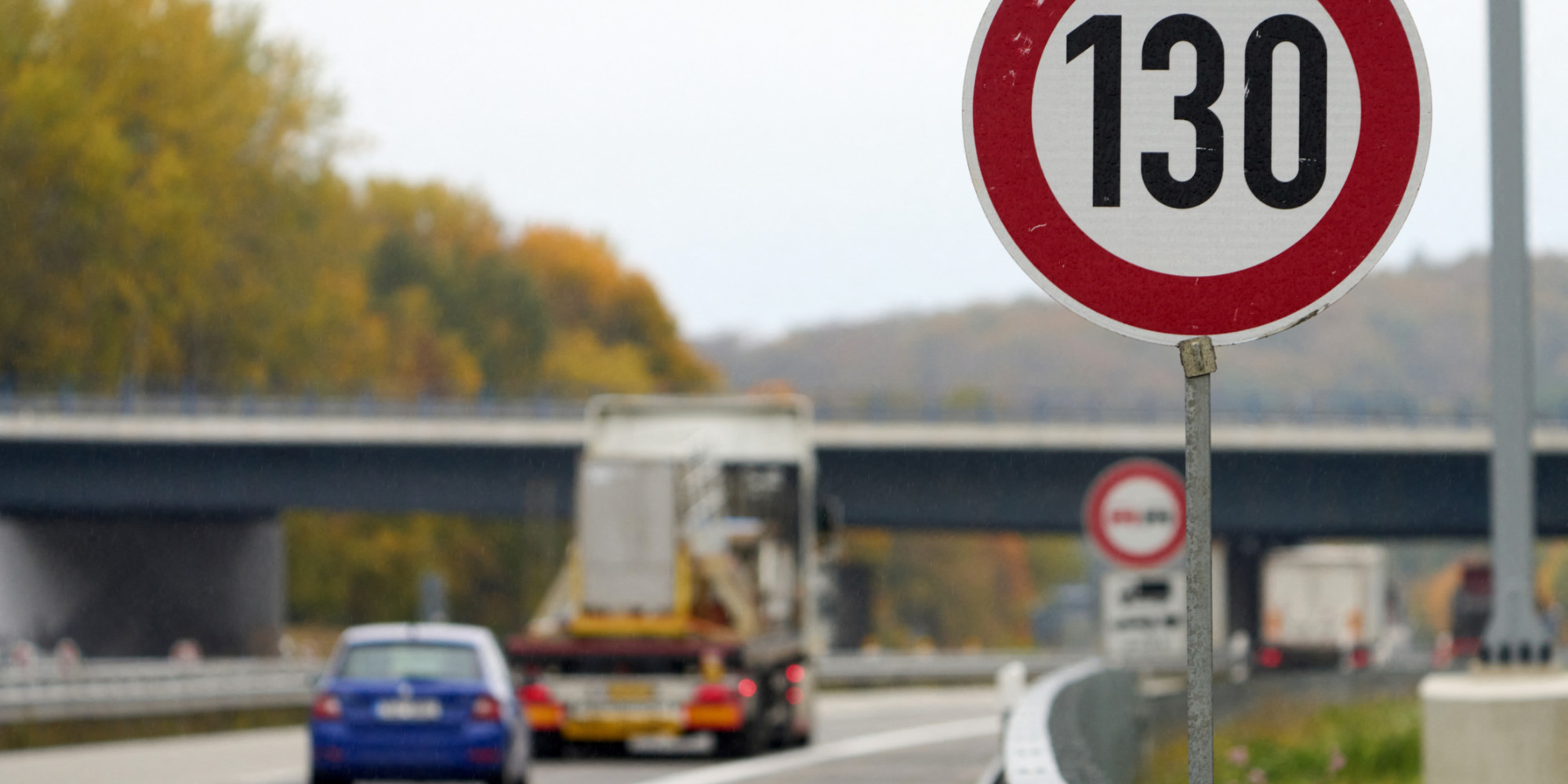Guillaume Dominguez, edited by Laura Laplaud 09h53, 04 April 2023
The Minister of Energy Transition, Agnès Pannier-Runacher, suggested Monday to lift the foot on the highway to go from 130 km / h to 110 km / h. A way to save fuel and pollute less, mainly for employees who use their company or company car. But where did the 130 km/h limit on motorways originally come from?"Three minutes on a journey of 50 km, but 20% less CO2 emissions and fuel consumption," is the argument put forward by Agnès Pannier-Runacher, Minister of Energy Transition, who on Monday asked the heads of large companies, including those of the CAC40, to encourage their employees to drive slower to get to work or during their business trips.
Drive at 110km/h maximum rather than 130km/h, a measure already deployed in administrations for state employees. A new ambition of the government to reduce speed limits, which echoes that of 80km / h on departmental roads. Where does this speed limit on French motorways come from? Why did we choose to set the speed to 130km/h?
>> Find Europe Matin in replay and podcast here
Pierre Messmer imposes the first ever speed limit
The 130km/h is as much chance as opportunism. In 1973, 16,600 French people were killed on the roads but at the time, motorists refused to hear about speed limits. Pierre Messmer, then Prime Minister, cunning and took advantage of the oil crisis to impose the very first speed limit of 120km/h on motorways, justifying fuel savings. But this limitation displeases Georges Pompidou, President of the Republic, who likes speed. In 1974, he raised the limit to 140km/h.
>> READ ALSO - Driving at 110km/h on the motorway instead of 130km/h: good or bad idea?
Jacques Chirac sets the limit at 130 km/h
Georges Pompidou died a few weeks later. Jacques Chirac succeeds Pierre Messmer and, as justice of the peace, sets the limit on the motorways of France at 130 km/h. This measure, originally provisional, will celebrate its 50th anniversary next year.

